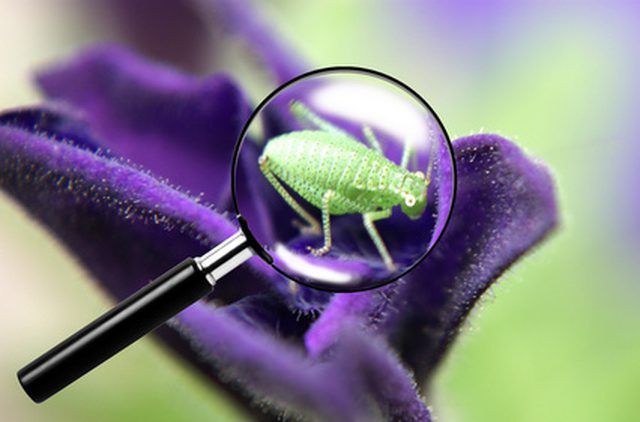Bulbs
Flower Basics
Flower Beds & Specialty Gardens
Flower Garden
Garden Furniture
Garden Gnomes
Garden Seeds
Garden Sheds
Garden Statues
Garden Tools & Supplies
Gardening Basics
Green & Organic
Groundcovers & Vines
Growing Annuals
Growing Basil
Growing Beans
Growing Berries
Growing Blueberries
Growing Cactus
Growing Corn
Growing Cotton
Growing Edibles
Growing Flowers
Growing Garlic
Growing Grapes
Growing Grass
Growing Herbs
Growing Jasmine
Growing Mint
Growing Mushrooms
Orchids
Growing Peanuts
Growing Perennials
Growing Plants
Growing Rosemary
Growing Roses
Growing Strawberries
Growing Sunflowers
Growing Thyme
Growing Tomatoes
Growing Tulips
Growing Vegetables
Herb Basics
Herb Garden
Indoor Growing
Landscaping Basics
Landscaping Patios
Landscaping Plants
Landscaping Shrubs
Landscaping Trees
Landscaping Walks & Pathways
Lawn Basics
Lawn Maintenance
Lawn Mowers
Lawn Ornaments
Lawn Planting
Lawn Tools
Outdoor Growing
Overall Landscape Planning
Pests, Weeds & Problems
Plant Basics
Rock Garden
Rose Garden
Shrubs
Soil
Specialty Gardens
Trees
Vegetable Garden
Yard Maintenance
Salt As an Insecticide
Salt As an Insecticide. While many homemade garden insecticides call for a mixture of boric acid and salt, there is an alternative formula that provides insect protection without the need for handling toxic chemicals.

While many homemade garden insecticides call for a mixture of boric acid and salt, there is an alternative formula that provides insect protection without the need for handling toxic chemicals.
History
On May 10, 1937, Time Magazine published a short article, "Salt v. Insect," highlighting Pennsylvania State College professor Dr. Vernon Raymond Haber, who discovered the use of Epsom salt as a powerful insecticide when looking for natural insecticides to kill the Mexican bean beetle.
Aphid Attractors
Combining bran and sugar with the salt makes the insecticide more attractive to insects. To create your own, gather together bran, sugar and epsom salt. The bran can be any number of household grains, such as oatmeal or coarse flour. The sugar may be cooking sugar or molasses.
Application
Mix about 65 percent bran, 10 percent sugar and 25 percent Epsom salt, then add just enough water to make a thick paste. These proportions are approximate, but yield a mixture that is attractive to insects (which are drawn by the bran and sugar) while still being toxic to them (the Epsom salt dehydrates them). Spread the mixture around the base of any new plants or areas where infestation has been observed. While the mixture is toxic to insects, it's safe for humans and can be spread around food plants as well as decorative ones. The salt even provides some fertilizing benefits to the plants.
Alternative Use
To use a spray-based insecticide, dilute Epsom salt in water in a spray bottle and spray directly on beetles or other insects.
Benefits
The ingredients that make up Epsom salt (magnesium sulfate) are beneficial for the soil and plants in the garden for multiple reasons. Both help the creation of chlorophyll, and magnesium helps strengthen cell walls during seed germination.